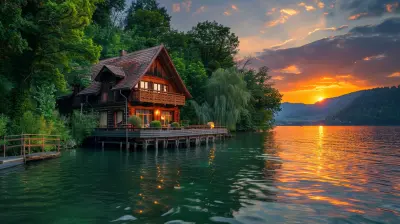Stargazing in Nature: The Best Dark Sky Locations for Milky Way Views
13 June 2025
There’s something utterly magical about staring up at a sky full of stars. It’s calming, humbling, and oddly addictive. If you've ever gazed up and caught the magnificent swath of the Milky Way stretching from horizon to horizon, you know exactly what I mean. And if you haven't—get ready to be absolutely mind-blown.
But let’s be real: our cities don’t make it easy. Between the glow of skyscrapers, streetlights, and headlights, light pollution has all but snatched the stars away. So, where does one go to get the real stellar experience?
Well, buckle up, night explorer—we’re about to dive into the quirkiest, most jaw-droppingly beautiful dark sky destinations on planet Earth, perfect for soaking in the Milky Way vibes like a cosmic spa day!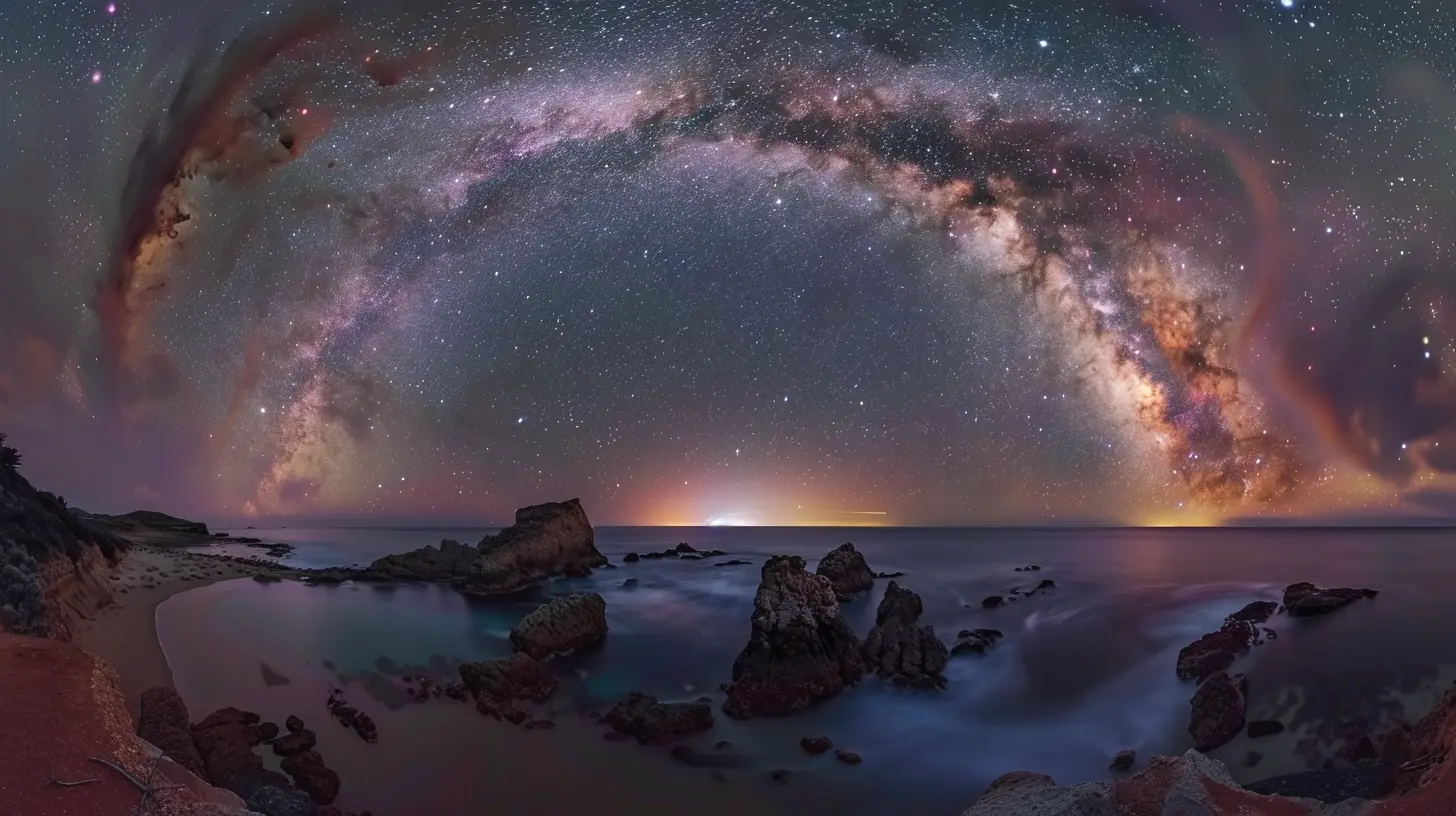
Why Look Up? The Soul-Healing Power of Stargazing
First, let’s talk about why you’d want to leave your comfy bed to stare at some distant dots in the sky.Stargazing is more than a nighttime hobby. It's therapy. It's unplugging from Zoom calls and replugging into the universe. You get to feel like a tiny speck of stardust floating in a wild, endless cosmos—because, well, that’s exactly what you are.
Plus, let's be honest, when was the last time you just sat in silence and let the universe humble your to-do list?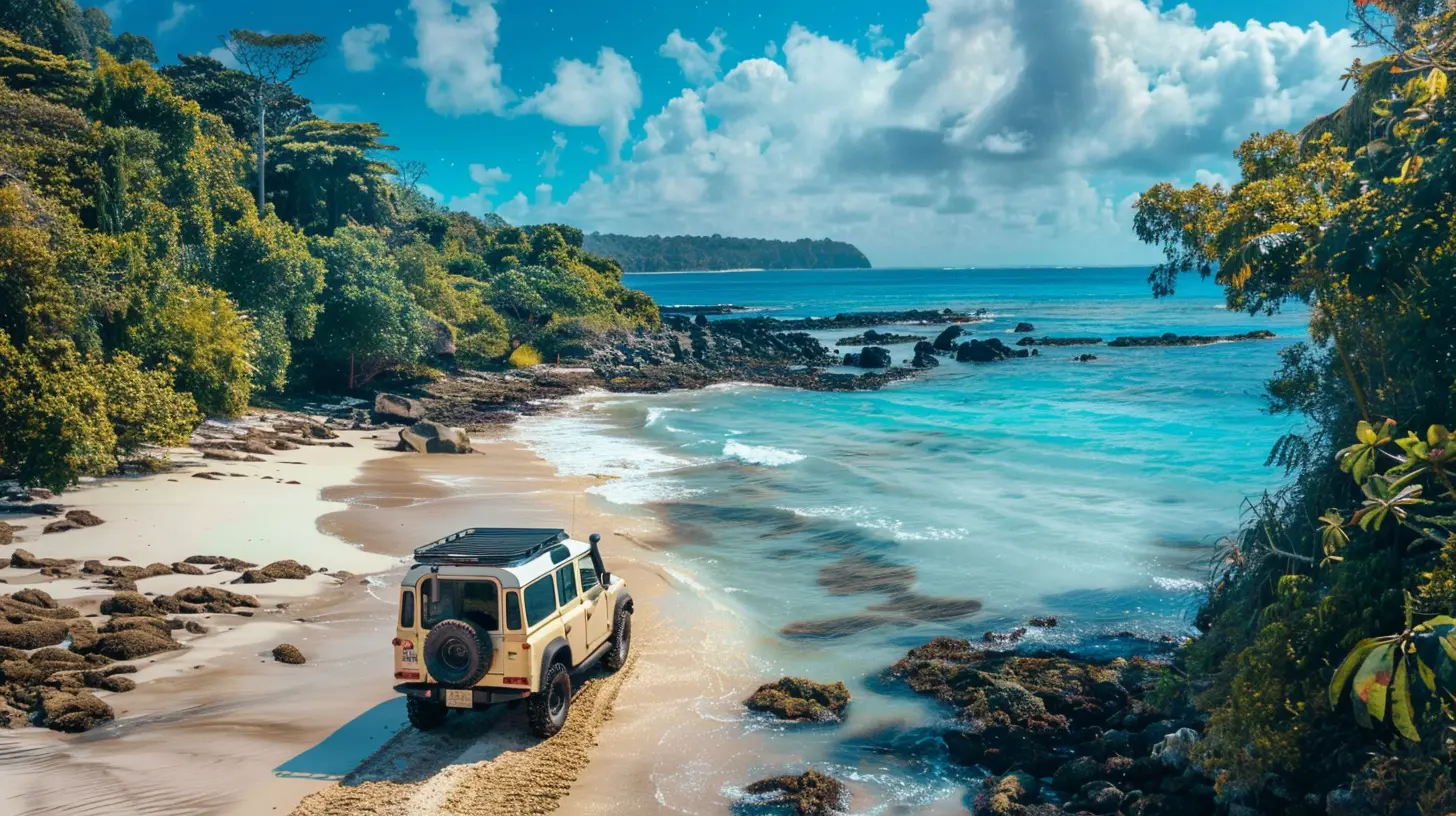
What Makes a Place "Dark Sky" Certified?
Before we start the stellar road trip, here’s a little stargazing secret: not all dark skies are created equal.Some places are certified as "Dark Sky Parks" by the International Dark-Sky Association. That means they’ve passed some pretty strict requirements for darkness, light pollution control, and community commitment.
In short? These places are stargazer heaven.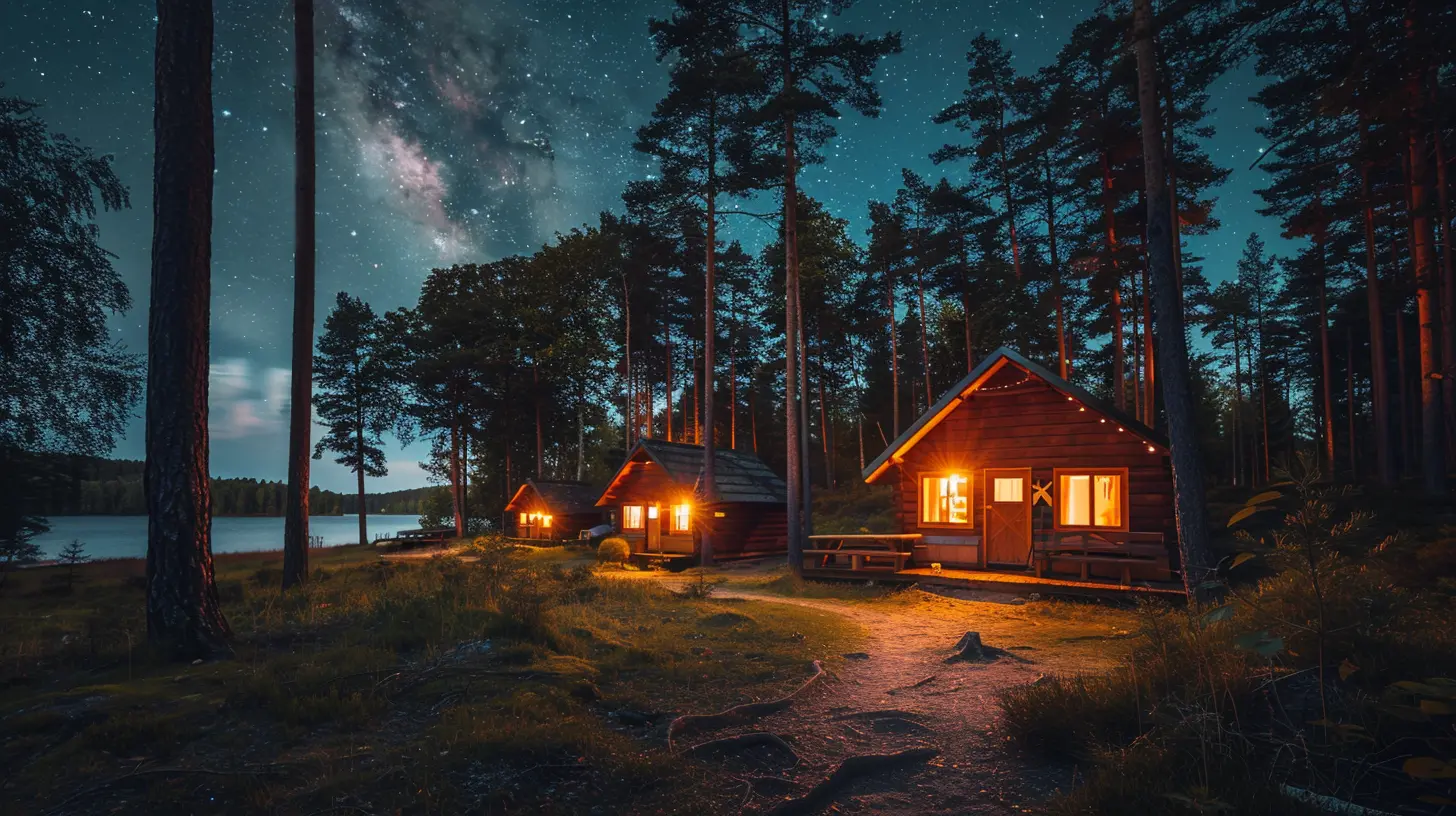
Bucket List Alert: The Best Dark Sky Locations for Milky Way Views
Now for the juicy part—where should you actually go? Here are some of the best on-the-map (and a few off-the-beaten-path) spots to catch unforgettable Milky Way magic.1. Cherry Springs State Park, Pennsylvania, USA
Let’s kick things off with a North American gem. Cherry Springs is like the Midnight Disneyland of stargazing. Nestled deep in the heart of rural Pennsylvania, this state park is such a hotspot for astronomers, they literally have designated overnight stargazing fields.No kidding, they even have domed toilets with red lighting so your night vision stays intact (fancy, right?).
Best Time to Visit: Summer and early fall when skies are clearer and Milky Way visibility peaks.
Pro Tip: Pack a thermos of hot cocoa. Trust me, it elevates the entire cosmic experience.
2. Aoraki Mackenzie Dark Sky Reserve, New Zealand
Hop across to the Southern Hemisphere, and welcome to stargazing royalty. This massive reserve in New Zealand covers a whopping 4,300 square kilometers. Here, the Milky Way looks close enough to touch.Even better? Mount Cook (Aoraki) in the background makes it feel like you’ve stepped into a sci-fi novel.
Best Time to Visit: March to September for the clearest skies.
Fun Fact: You might also spot the Southern Cross and Magellanic Clouds—celestial wonders you won’t see up north!
3. NamibRand Nature Reserve, Namibia
Desert stars hit different. The dry air, minimal humidity, and not a streetlight in sight—NamibRand is a stargazer’s dream in Africa.It’s so dark here, it got Gold Tier certification from the IDA. That’s like winning the Oscar for best cosmic performance.
Best Time to Visit: May through September when the skies are crisp and clear.
Bonus Round: Your daytime backdrop? Rust-red dunes, oryx herds, and silence so pure you can hear your nerves relax.
4. Jasper National Park, Alberta, Canada
Oh, Canada… you’ve truly outdone yourself. Jasper is not only a stunner by day with its lakes and mountain peaks, but by night it completely transforms into a galaxy runway.And yes, they host an annual Dark Sky Festival with astronomy tours, telescope sessions, and cosmic storytelling. If you’re into that kind of nerdy-cool thing (aren’t we all?), this is a must.
Best Time to Visit: October during the Dark Sky Festival or summer for warmer nights.
Don't Miss: Pyramid Island at night—utterly cinematic.
5. Sark Island, Channel Islands
Tiny but mighty, Sark is one of the few places in the world designated as a Dark Sky Island (yep, that’s a real thing). No cars, no streetlights, and no pollution equals the kind of night sky that makes your jaw hang open.Give it a go, and you might never look at a city sky the same way again.
Best Time to Visit: Late spring through early autumn.
Cool Quirk: The entire island has a medieval vibe, complete with stone cottages and horse-drawn carriages.
6. Mauna Kea, Big Island, Hawaii
Imagine this—you're above the clouds, 13,000 feet up, and the sky is so clear, it looks 3D. Mauna Kea’s elevation plus its remote location in the Pacific make it one of the best stargazing spots in the world.Astronomers built observatories here for a reason. And you? You get a front row seat to the galaxy.
Best Time to Visit: Whenever the skies are clear, but be sure to acclimate first—altitude sickness is real.
Heads Up: Respect the cultural significance of Mauna Kea to Native Hawaiians. Star gaze with reverence.
7. Atacama Desert, Chile
Want to feel like you’ve landed on Mars with a VIP pass to the universe? Go to Atacama.This desert is one of the driest places on Earth, and the zero humidity means the stars are sharp, bright, and abundant. Plus, Chile’s astro-tourism is booming, so expect top-notch observatories with mega telescopes.
Best Time to Visit: March through December (just avoid January’s rainy season).
Astro-Experience: Catch an astronomy tour in San Pedro de Atacama—you’ll leave speaking fluent "nebula."
8. Uluru, Australia
Sure, Uluru (Ayers Rock) is famous for its earthy red tones and spiritual presence. But by night? It becomes a stark, beautiful platform below a swirling blanket of stars.You’ll get a wide-angle view of the Milky Way, especially during the Aussie winter when the air’s crisp and dry.
Best Time to Visit: April to October.
Starry-Souvenir Tip: Some tours even include Indigenous storytelling about sky figures—an ancient perspective on the universe.
9. La Palma, Canary Islands
This one’s Europe’s secret stargazing weapon. La Palma is known as the "Island of the Stars," and it’s a UNESCO Starlight Reserve. Think of it as Europe’s version of Mauna Kea, but with tapas and ocean views.Best Time to Visit: Year-round, thanks to its consistent climate.
Epic Viewpoint: Roque de los Muchachos Observatory. Just… wow.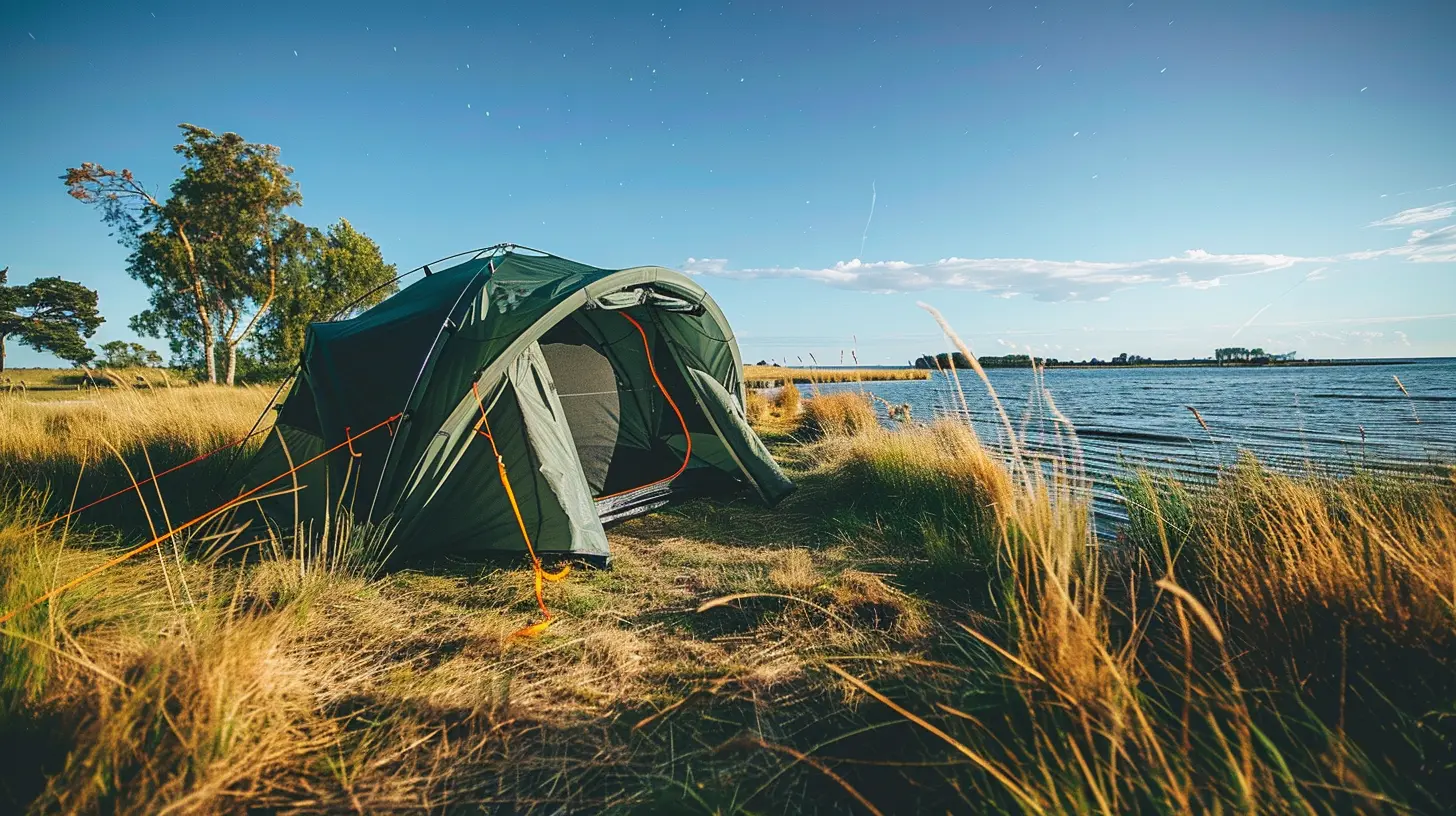
How to Prepare for a Stellar Night (Literally)
Stargazing isn’t exactly plug-and-play. You’ve got to prep a little for the best experience.🧺 Pack the Basics:
- Blanket or comfy camp chair- Telescope or binoculars (even basic ones help!)
- Red flashlight (yes, red—it won’t ruin your night vision)
- Snacks and hot drinks (midnight munchies are real)
- Star map app (SkySafari, Stellarium, Star Walk… pick your poison)
🚫 Avoid the Oopsies:
- Check the moon phase. Full moons are beautiful, but they wash out the stars.- Look up the weather—nothing ruins a night like sudden cloud cover.
- Get away from your phone. The glow messes with your eyes and the vibe. Just. Let. Go.
Can You Really See the Milky Way?
Heck yes, you can. But timing and location are everything.In the Northern Hemisphere, the best time is from March to October. In the Southern Hemisphere? February through October is prime Milky Way season.
Look for the densest, cloud-like part of the sky that stretches overhead like a cosmic river—that’s your stunner right there.
Final Words: Get Ready To Be Starstruck
So, friend, if you’ve been craving some perspective, silence, and a whole lot of stars, pack your bag, grab your stargazing buddy, and head to one of these spots. I promise—it’s not just about the stars. It’s about reconnecting with something bigger, wilder, and way more ancient.And hey, worst-case scenario? You still get to lie on a blanket under the night sky and totally ignore your emails for a few hours. Sounds like a win.
all images in this post were generated using AI tools
Category:
Nature EscapesAuthor:

Reed McFadden
Discussion
rate this article
2 comments
Tank McTavish
Beneath a velvet canvas, stars whisper ancient tales. In hidden havens, the Milky Way spills its cosmic secrets. Embrace the night’s embrace, where nature and wonder unite, igniting your soul’s wanderlust.
June 17, 2025 at 2:57 AM

Reed McFadden
Thank you! Your poetic words beautifully capture the magic of stargazing and the allure of the night sky. I hope my article inspires others to explore these breathtaking dark sky locations!
Khloe McAuley
“Escape the city lights and immerse yourself in nature’s wonder—stargazing is a must-do adventure!”
June 15, 2025 at 3:26 AM

Reed McFadden
Absolutely! Stargazing in dark sky locations reveals the Milky Way's breathtaking beauty—an adventure you won't want to miss!


